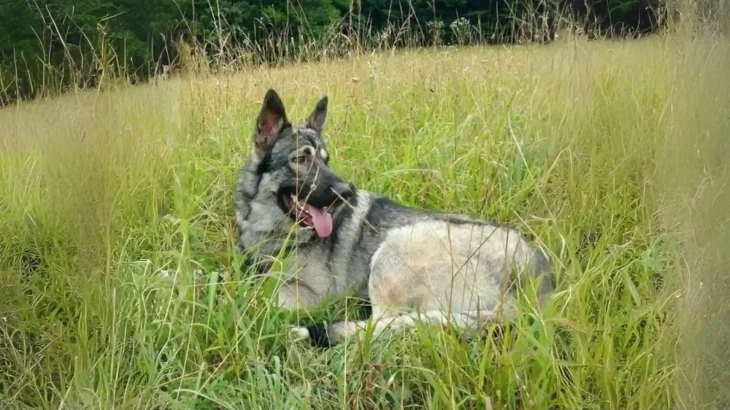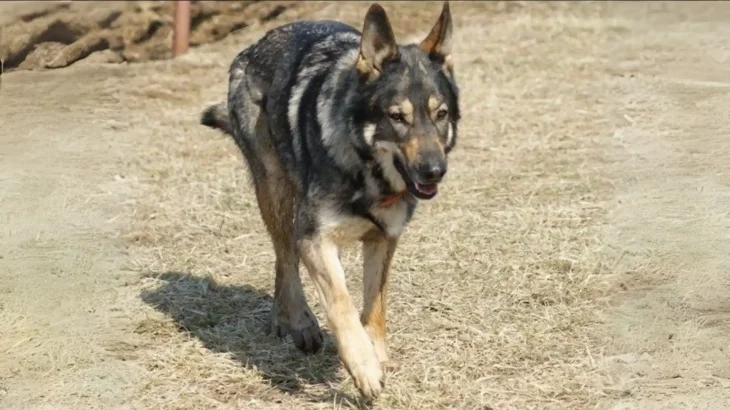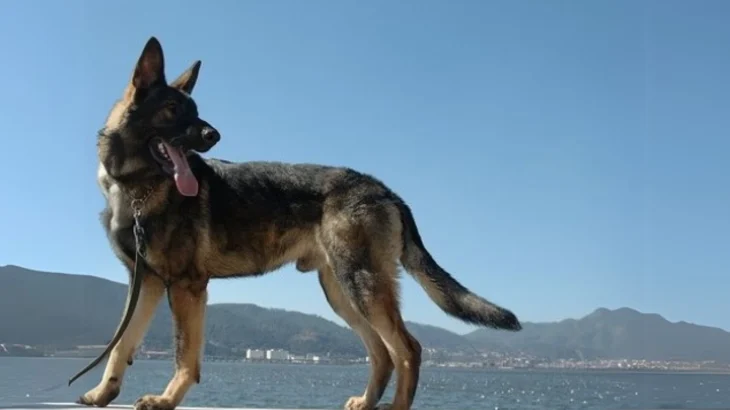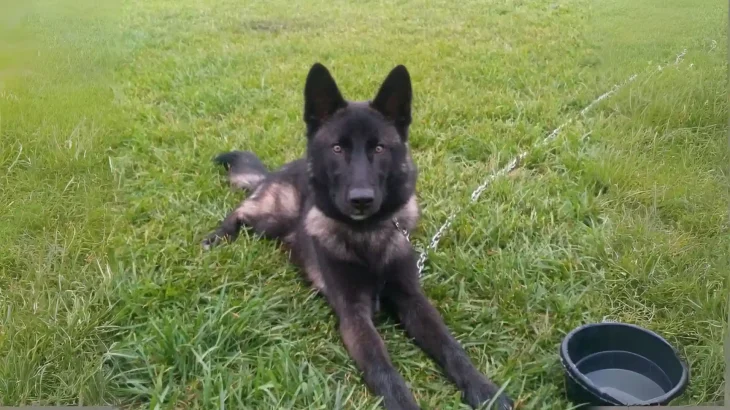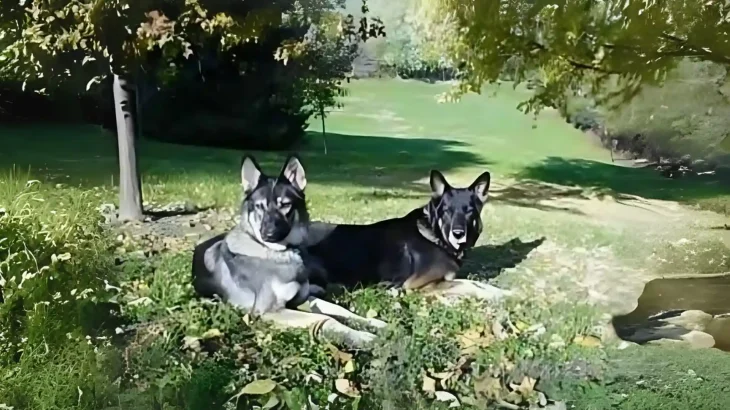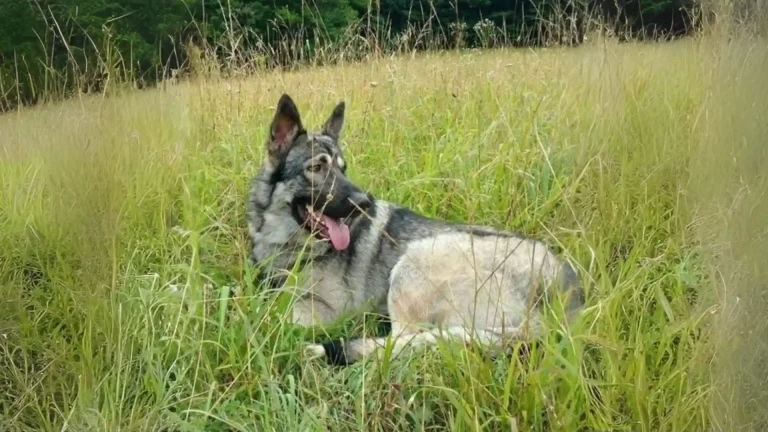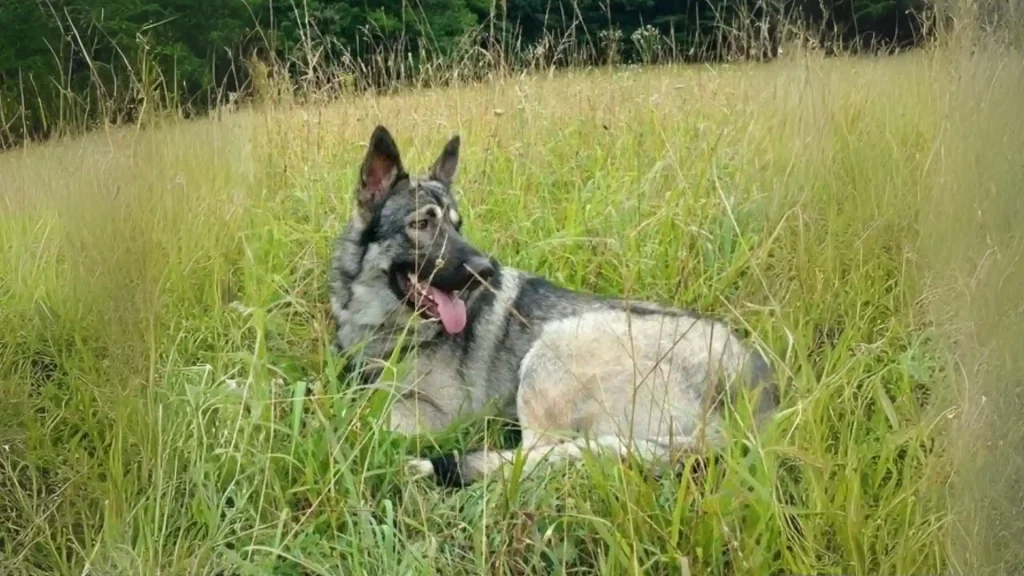When you're considering adding an American Tundra Shepherd Dog to your family, both adopting and buying have their merits. Purchasing from a breeder often guarantees known lineage and health history, while adoption offers a chance to provide a home to a dog in need, sometimes with less certainty about background details.
Adoption vs. Breeder: Pros & Cons
| Criteria | Buying from Breeder | Adopting from Shelter/Rescue |
|---|---|---|
| Cost | Higher initial cost reflecting purebred status and breeder investment. | Lower fees; often includes basic medical care. |
| Health History | Comprehensive health records and screenings available. | Health history may be limited or unknown; basic vet checks typical. |
| Age Availability | Mostly puppies, allowing for early development guidance. | Various ages, including adults, offering diverse adoption options. |
| Temperament Insight | Breeders can provide lineage-based temperament traits. | Rescue staff may share behavioral observations, but full history is often uncertain. |
| Ethical Considerations | Supports responsible breeding programs when chosen wisely. | Helps reduce shelter populations and rescues dogs in need. |
| Breed Purity & Pedigree | Offers verified pedigree, important for breed enthusiasts. | Breed purity may be unclear or mixed; focus is more on placement than pedigree. |

